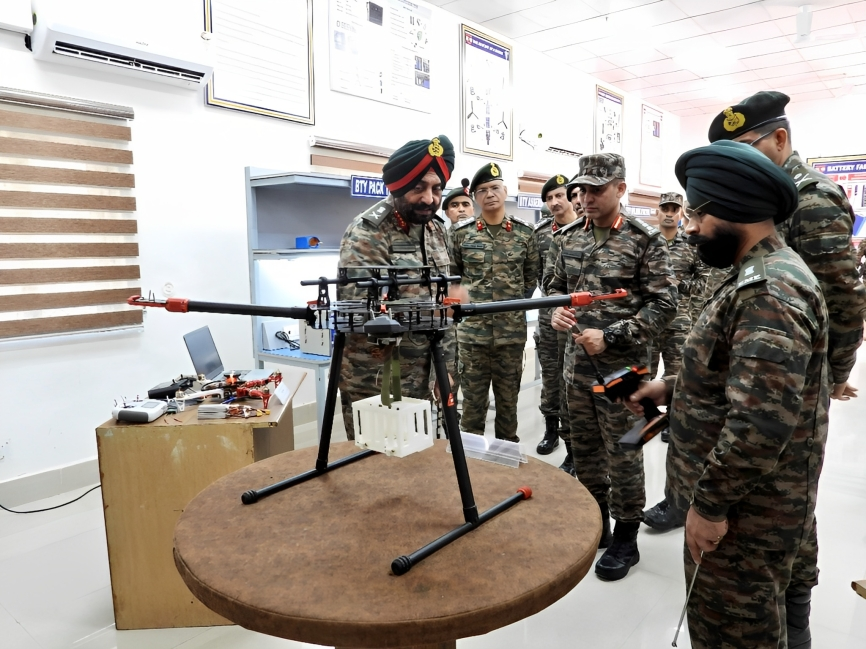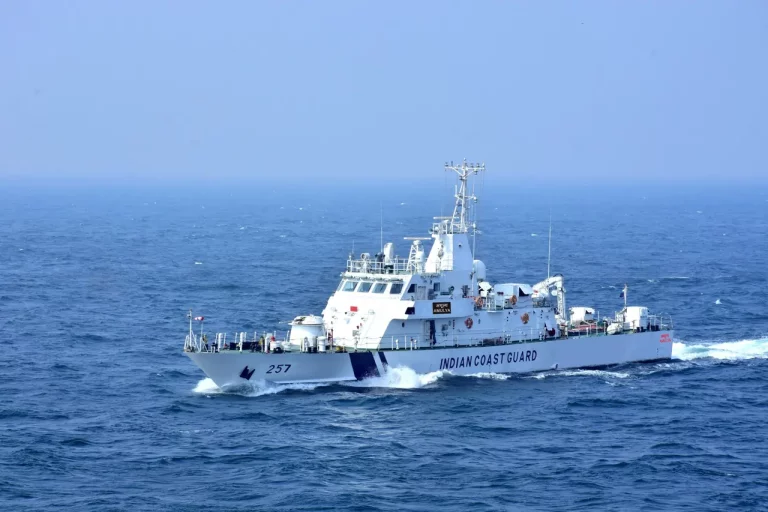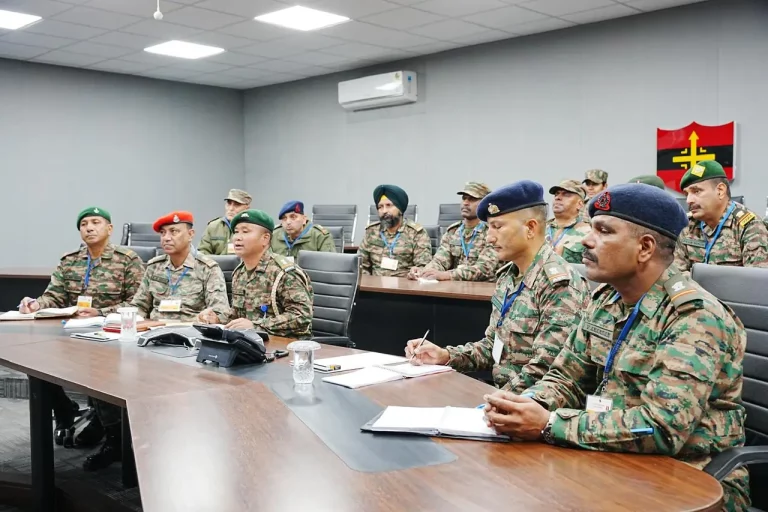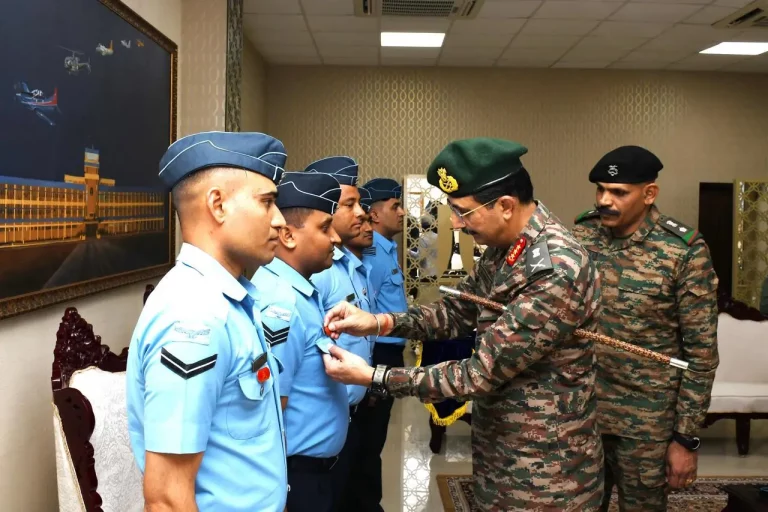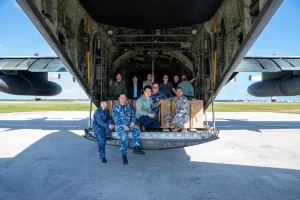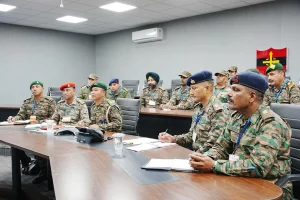Lieutenant General Manjinder Singh, General Officer Commanding-in-Chief of the South Western Command, completed a two-day visit to the Suratgarh Military Station focused on assessing the operational readiness and combat efficiency of Indian Army units in the region. This visit comes amid heightened security concerns following recent escalations along the India-Pakistan border and the successful execution of Operation Sindoor.
During his visit, Lt Gen Singh received comprehensive briefings on the current operational deployments, security measures, and the battle readiness of the stationed forces. A key topic of discussion was the performance of the units during Operation Sindoor, launched in response to a coordinated drone and missile attack by Pakistan on May 7 and 8. The Pakistani offensive targeted over 15 strategic locations, including Srinagar, Jammu, Pathankot, Amritsar, Chandigarh, and Bhatinda. However, India’s integrated air defense systems effectively countered the assault, neutralizing the threats posed by the aggressive maneuvers.
The visit also included an inspection of the Suratgarh Air Force Station, where Lt Gen Singh interacted with Air Force personnel. He applauded the synergy demonstrated between the Indian Army and Indian Air Force, commending the troops for their discipline, courage, and precision during Operation Sindoor. The operation showcased India’s ability to deliver a calculated yet robust response to aggression. He stressed the importance of inter-service cooperation and maintaining high levels of combat readiness to address emerging threats.
Hands-on evaluations of armored capabilities were a significant aspect of the visit, including upgraded T-90 and T-72 tanks armed with platform-based anti-drone systems. These enhancements highlight the Indian Army’s adaptive strategy toward modern warfare, recognizing the critical nature of counter-drone technology. A live demonstration of a counter-unmanned aerial system (C-UAS) highlighted India’s indigenously developed capabilities, showcasing the Army’s readiness to detect, track, and neutralize aerial threats. This aligns with recent global conflict lessons, particularly as drone warfare evolves the dynamics of battlefield engagement.
In the broader context of Operation Sindoor, India asserted its technological and strategic superiority by conducting targeted strikes on critical Pakistani air defense infrastructure, including the disabling of a radar installation in Lahore. The Indian government characterized the Pakistani assaults as unprovoked and serious escalations, particularly given the tragic loss of 16 Indian civilians, including women and children, from indiscriminate shelling in Jammu and Kashmir.
Emphasizing the operational success of Operation Sindoor, Lt Gen Singh noted the significant boost in troop morale and highlighted India’s advancing defense capabilities and self-reliance. His visit to Suratgarh reinforced the Army’s commitment to defending national sovereignty and maintaining a proactive stance amidst evolving threats. As tensions along the Line of Control continue, the Indian Armed Forces remain committed to rigorous joint training and technological integration, ensuring a swift and decisive response to any future provocations.
